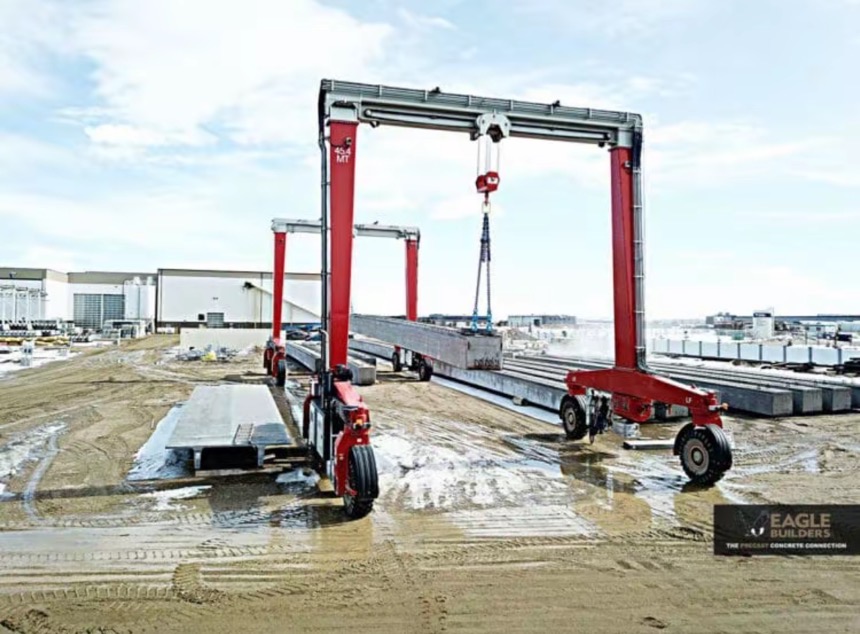10 Critical Factors Before Buying a Rubber Tyred Gantry Crane (RTG)
In modern ports and logistics container yards, Rubber Tyred Gantry Cranes (RTGs) are vital for efficient container handling.
As mobile members of the Gantry Crane family, choosing the right RTG requires careful evaluation of these ten factors:
Yard Conditions & Layout:
1. Site Assessment: Ground flatness, load capacity, and drainage impact stability. Precisely measure your container yard's layout, stack arrangement, and turning space.
2. Operational Needs: Peak container flow, stacking height (e.g., 4-5 high cubes), and workflow dictate RTG specifications and duty cycle.
Span & Lifting Height:
1. Span: The distance between legs must cover your container yard's row width (e.g., 6 rows + 1 truck lane). Incorrect span (like 6+1 vs. 7+1) reduces efficiency.
2. Lifting Height: Must accommodate maximum stack height plus safety clearance. Balance future needs against cost and stability.
Lifting Capacity & Load Chart:
Ensure rated capacity handles the heaviest load (e.g., 40ft full container). Review the Gantry Crane's load chart to verify capacity at required outreach, especially for edge stacks.
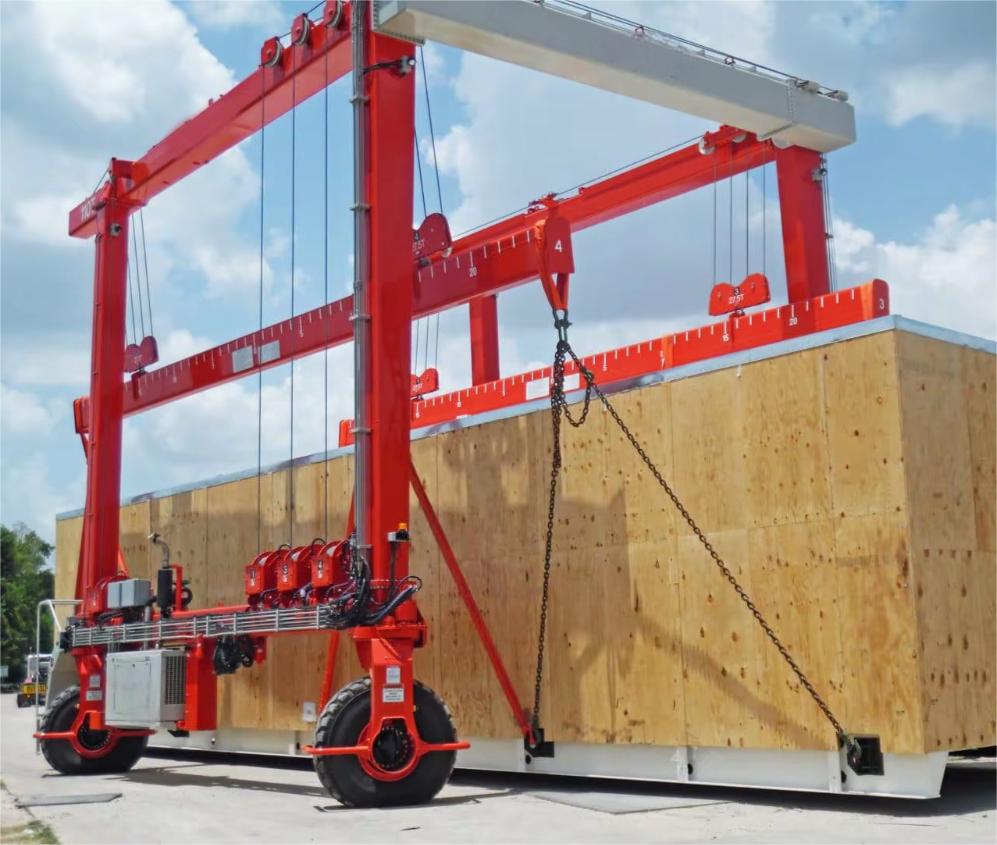
Power & Energy Solutions:
Diesel: Mobile but noisy/high-emission.
ERTG (Grid Power): Low noise/emission/cost, limited mobility.
Hybrid: Low fuel use/emission, popular choice.
eRTG (Full Electric): Zero emission, high upfront/charging cost.
Match solution to container yard's power access, environmental goals, and operations.
Mobility & Steering:
Rubber Tyred Gantry Cranes rely on mobility. Evaluate steering modes (90°/45°, crab, diagonal) and turning radius for tight spaces. Auto-steering boosts safety/efficiency:
Brand & Manufacturer: Prioritize Gantry Crane expertise, R&D investment, build quality, and industry reputation. Compare performance and support networks.
Control & Automation: Advanced PLC, anti-sway, and automation (remote monitoring, auto-stacking) enhance container yard productivity, safety, and future readiness.
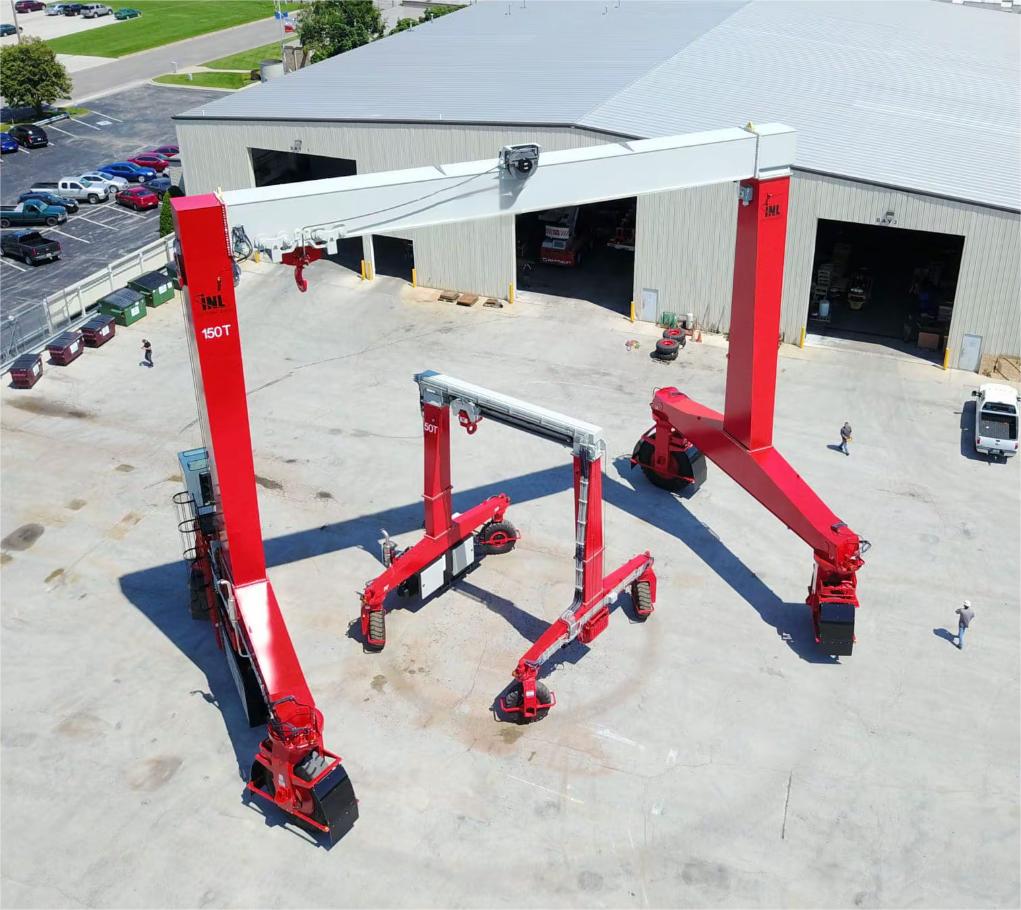
Total Cost of Ownership (TCO):
Look beyond purchase price:
Energy: Major cost (Grid ≪ Diesel).
Maintenance: Parts, labor, reliability.
Overhauls: Mid-life refurbishment.
Residual Value: Higher for reputable brands.
Target 10-15 year TCO for ROI.
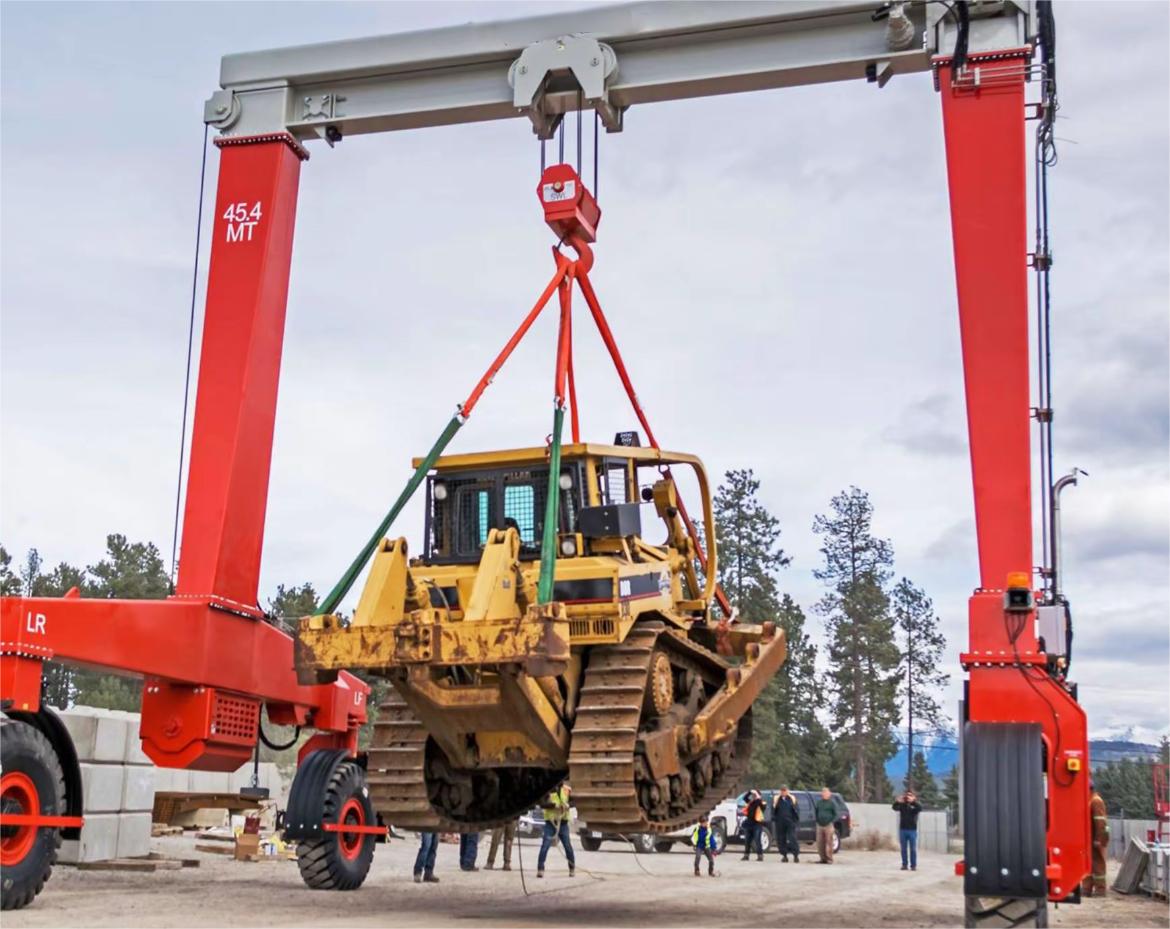
After-Sales Support:
Local technical teams, fast spare parts, and training are critical for Rubber Tyred Gantry Crane uptime. Weak support risks container yard disruption.
Future-Proofing:
Consider scalability (higher stacks), automation readiness, and evolving emissions regulations. Ensure your RTG investment remains viable long-term.
Strategic Investment, Sustainable Efficiency.
Selecting a Rubber Tyred Gantry Crane significantly impacts container yard efficiency, cost, and competitiveness. Prioritize precise sizing (span/height), lifecycle costs (TCO), reliable support.
forward-compatible technology. Choose a Gantry Crane solution tailored to your container yard's unique demands for lasting value.
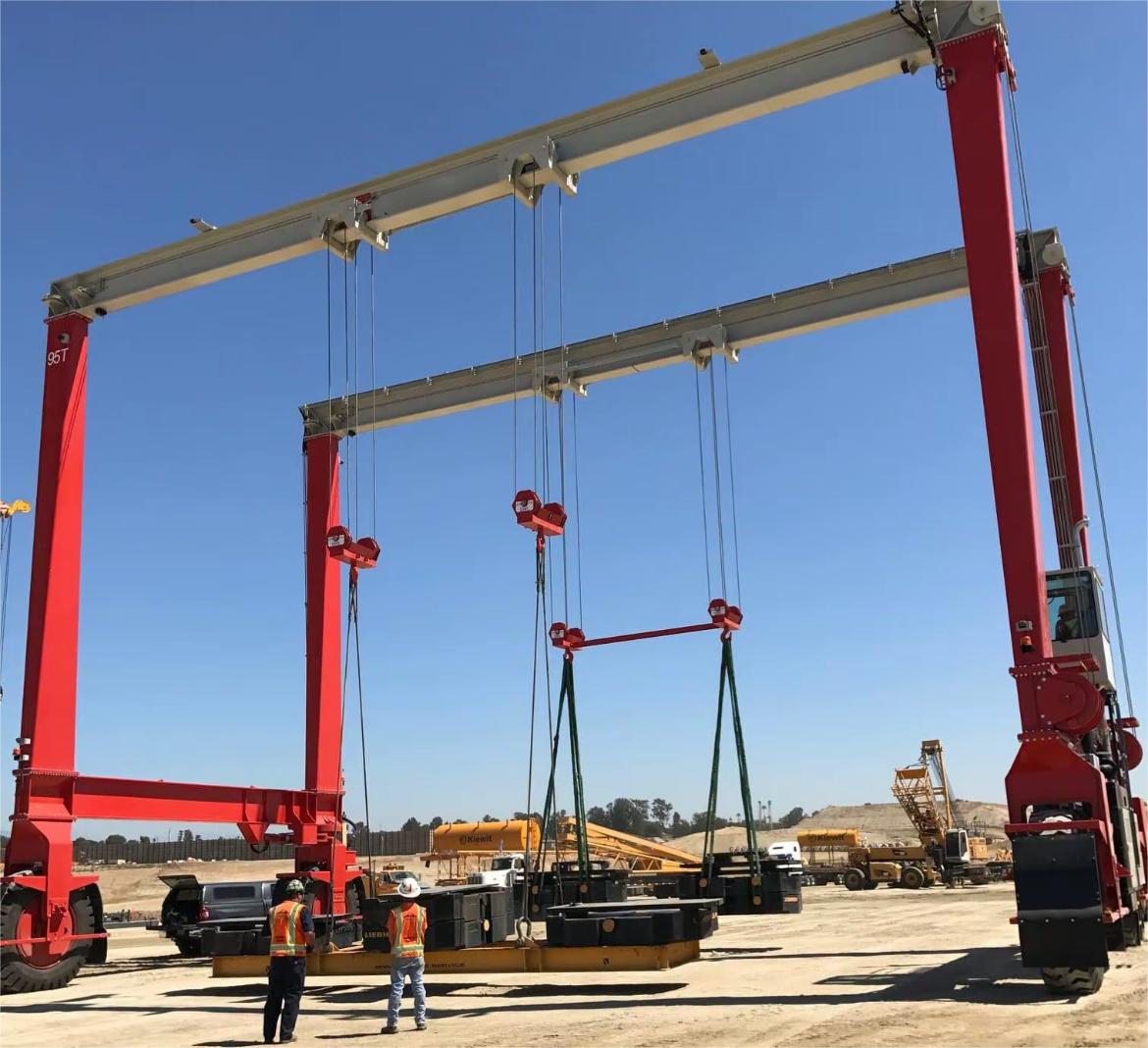
Power Your Container Yard with Jinghe Cranes!
Jinghe Cranes, a leader in Gantry Crane manufacturing, delivers optimized Rubber Tyred Gantry Crane solutions for modern container yards:
Custom RTGs: Match your layout, workload, and growth plans.
Advanced Tech: Reliable performance with automation options (auto-stacking, remote control).
Eco-Power: Diesel, Hybrid, ERTG, eRTG – enabling sustainable operations.
Nationwide Support: Rapid response, spare parts, training – maximizing uptime.
Lower TCO: Quality engineering and service reduce lifetime costs.
Trust Jinghe: Precision Lifting, Powerful Growth.
Contact us for your tailored RTG solution.
